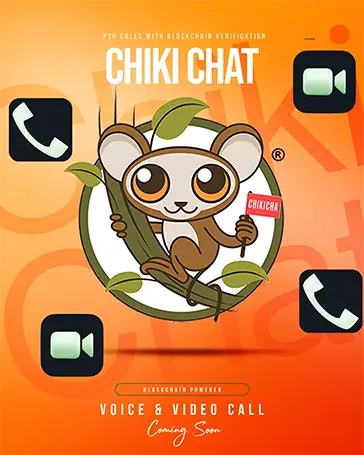Coffee is more than just a drink—it’s a global ritual, a science, and a cultural connector that has shaped human history for over a thousand years. From its mysterious beginnings in the highlands of Ethiopia to today’s artisanal brews in bustling cafés, coffee has powered revolutions, fueled conversations, and inspired creativity across continents. Its aroma alone can spark comfort, productivity, or nostalgia, depending on where you sip it.
Over 2.25 billion cups of coffee are consumed every day around the world. Whether served as a strong Turkish brew, an Italian espresso, or a sweet Vietnamese iced blend, coffee transcends borders and languages. It has inspired centuries of innovation—from the invention of the coffeehouse to the rise of espresso machines and barista artistry. Scientists study it, writers romanticize it, and millions rely on it to start the day.
But behind every cup lies a story. Coffee has been banned, celebrated, worshipped, and even smuggled. Its influence stretches from ancient legends to cutting-edge neuroscience, connecting farmers, traders, and drinkers in an unbroken global chain. Here are ten surprising, delightful, and sometimes strange facts that reveal why coffee isn’t just a beverage—it’s a universal obsession.
1. Coffee Was Discovered by Dancing Goats
Image
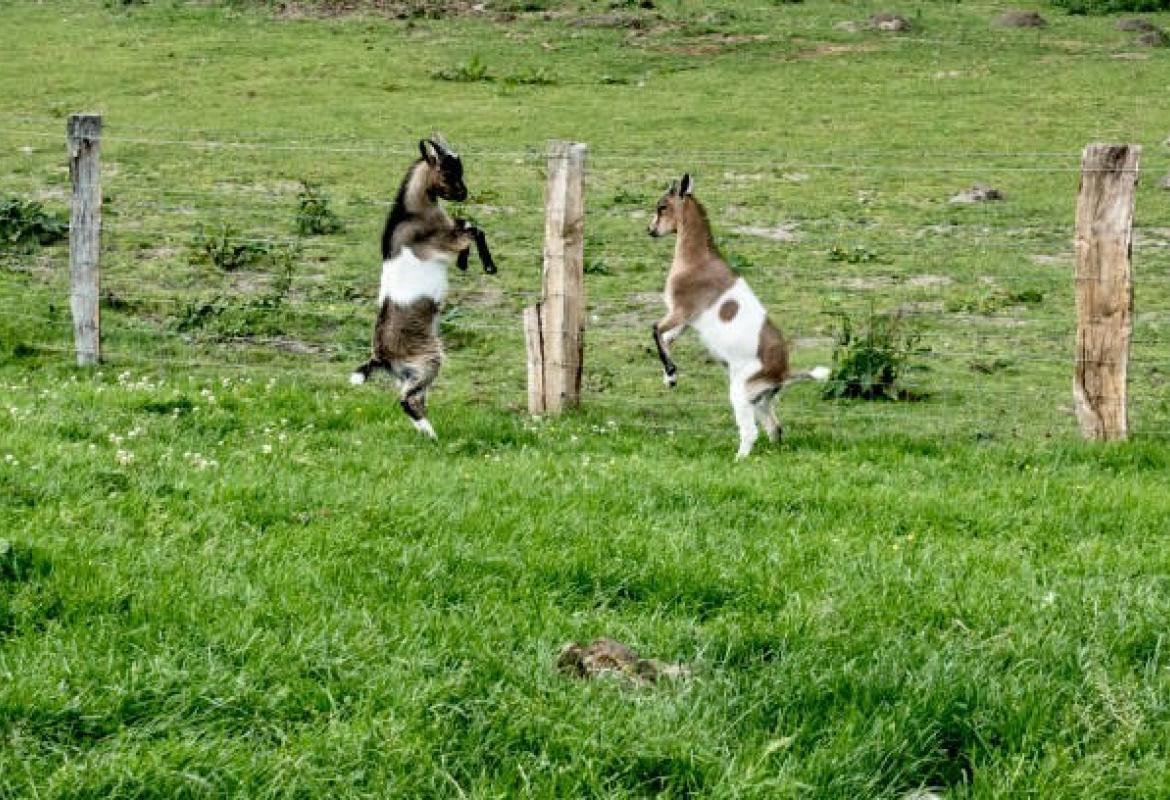
According to legend, coffee’s story began with a curious goat herder named Kaldi in 9th-century Ethiopia. He noticed his goats acting unusually energetic after eating red berries from a certain shrub. Intrigued, Kaldi tasted the berries himself and experienced a similar burst of vitality. Word of these “magical beans” spread quickly, eventually reaching monks who used them to stay awake during long prayers.
While historians can’t confirm every detail of Kaldi’s tale, most agree that Ethiopia is coffee’s birthplace. From there, the energizing beverage traveled through Yemen, where it became known as qahwa, and eventually to the rest of the world. The dancing goats may be mythical, but they mark the joyful beginning of one of humanity’s most beloved drinks.
2. Coffee Is a Fruit
Image
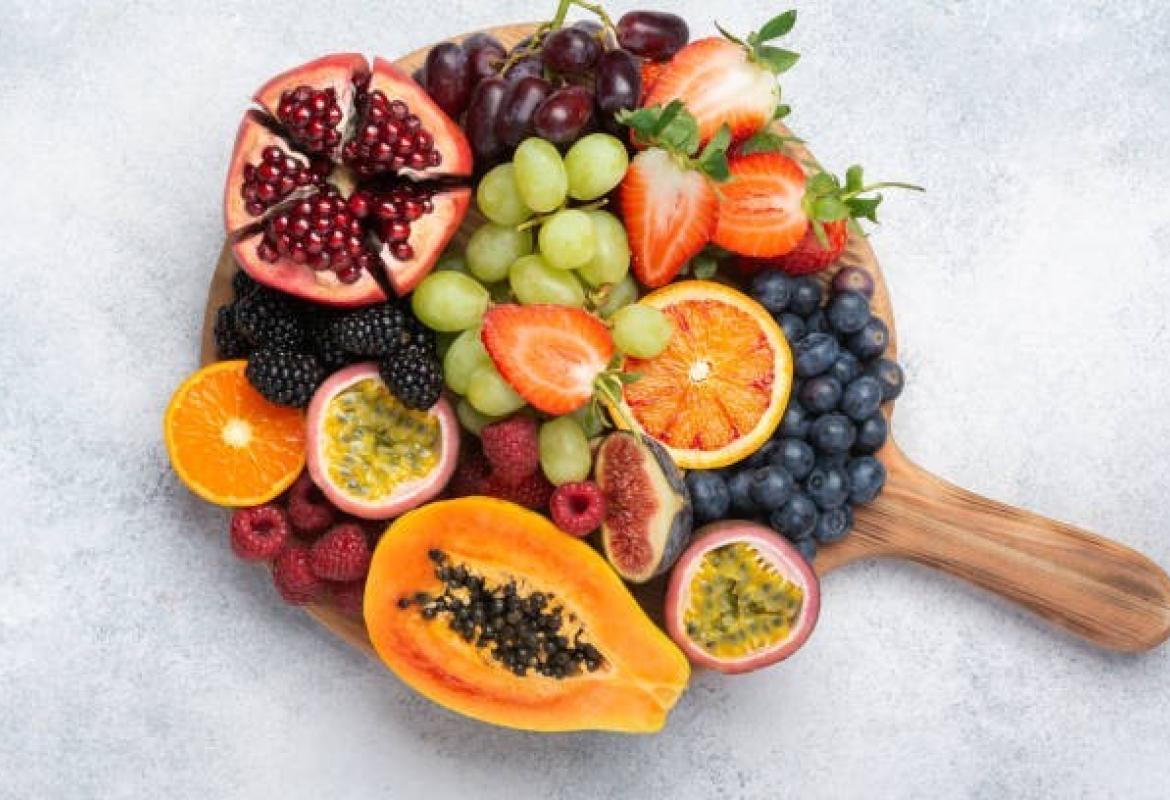
Many people are surprised to learn that coffee beans aren’t beans at all—they’re seeds. Each “bean” comes from a small red or yellow fruit called a coffee cherry. When harvested, the cherries are pulped, fermented, and dried to reveal the two seeds inside. Those seeds are what we roast and grind to make coffee.
This means that technically, your daily cappuccino is made from fruit. In some coffee-growing regions, the sweet outer pulp of the cherry is used to make tea-like drinks or natural fertilizers, ensuring nothing goes to waste. Understanding coffee as a fruit also explains its complexity of flavor—notes of berries, chocolate, citrus, or nuts—depending on where and how it’s grown.
3. Finland Drinks the Most Coffee in the World
Image
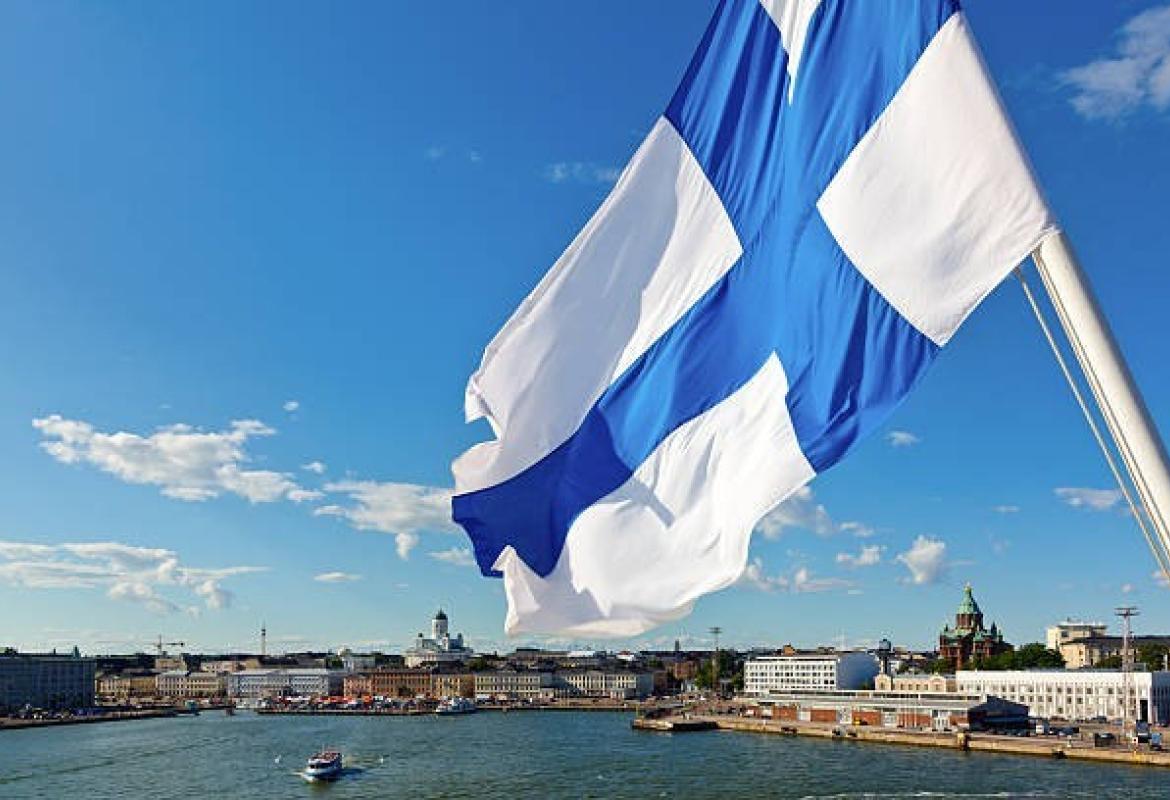
When it comes to caffeine consumption, no one tops the Finns. The average person in Finland drinks about four cups of coffee per day—the highest rate on Earth. Coffee is such an integral part of Finnish life that many workplaces are legally required to provide coffee breaks.
Unlike espresso-based drinks popular elsewhere, Finns typically prefer lighter roasted filter coffee. It’s served throughout the day, at work, during meals, and even at funerals. Social life in Finland often revolves around coffee—so much so that “kahvitauko” (coffee break) is practically sacred. The culture’s calmness and coziness might just owe something to their steady caffeine flow.
4. There Are Only Two Main Types of Coffee Beans
Image
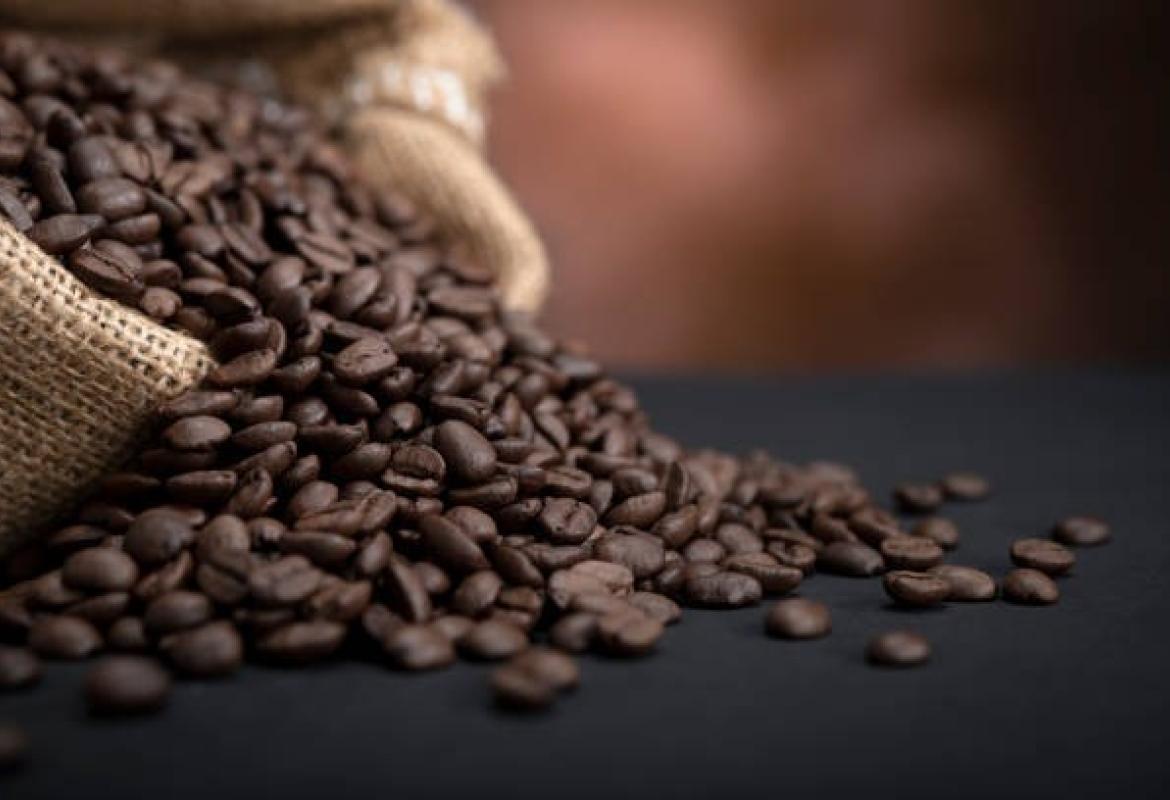
All the world’s coffee comes primarily from two plant species: Coffea arabica and Coffea canephora, better known as Arabica and Robusta. Arabica beans, grown mostly in high-altitude regions, are prized for their smooth, sweet, and complex flavors. Robusta, on the other hand, has a stronger, more bitter taste and contains nearly double the caffeine.
Most gourmet and specialty coffees use Arabica, while instant and budget-friendly blends often rely on Robusta. Some roasters combine both to balance flavor and strength. Despite the dominance of these two types, scientists have identified over 100 species of coffee plants—proof that this humble crop still holds plenty of mystery and potential for discovery.
5. Espresso Has Less Caffeine Than Drip Coffee
Image
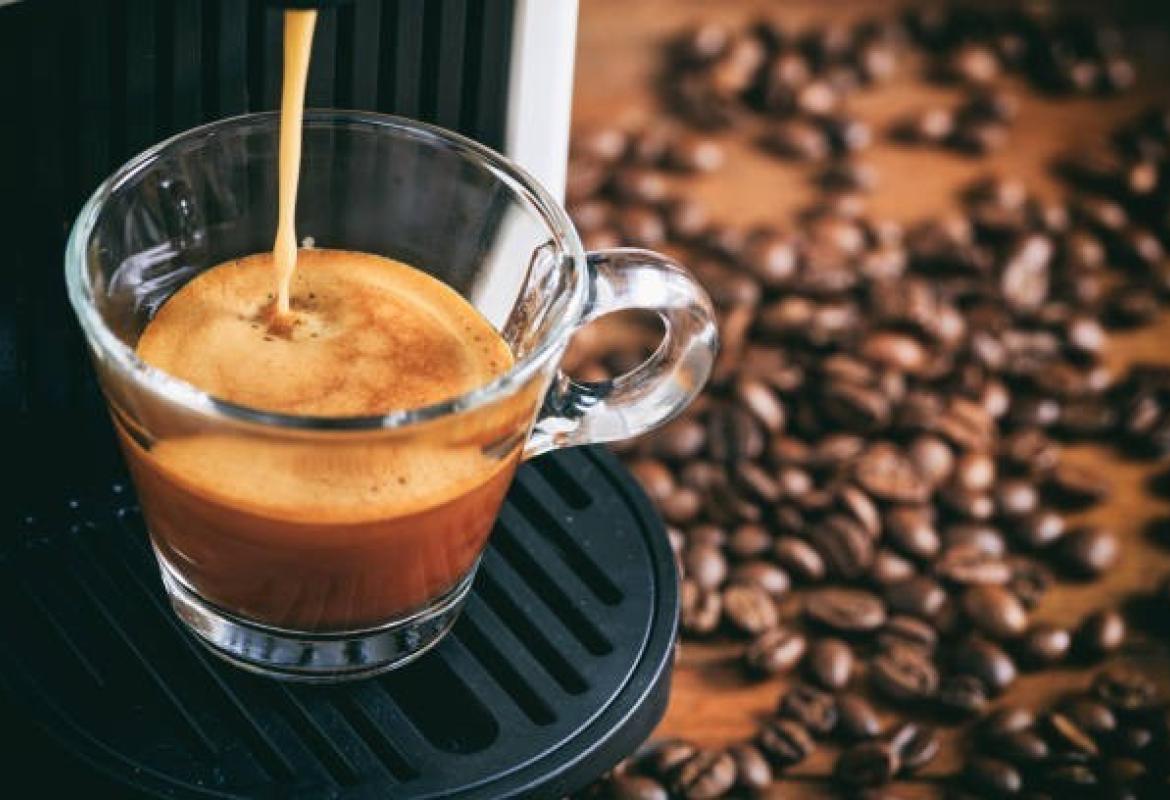
It sounds counterintuitive, but espresso shots pack less caffeine overall than a full cup of drip coffee. Ounce for ounce, espresso is indeed more concentrated—one shot contains about 60–80 mg of caffeine. However, a standard eight-ounce cup of brewed coffee contains around 90–120 mg in total.
The difference comes down to serving size. Espresso is meant to be sipped quickly, while brewed coffee provides a slower, sustained caffeine experience. So, while espresso delivers an instant kick, your morning drip coffee keeps you buzzing longer. In short: espresso jolts, coffee sustains.
6. Coffee Was Once Banned
Image
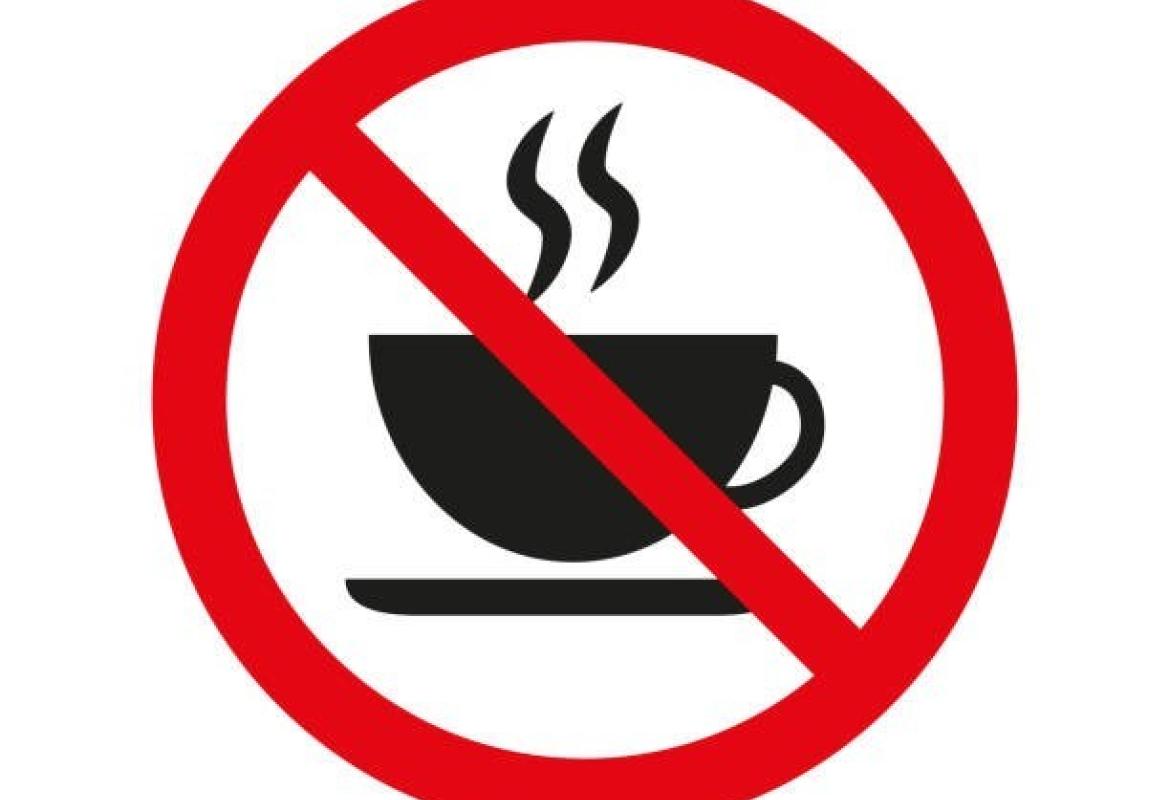
Coffee’s stimulating powers once made it a target of suspicion and censorship. In the 16th century, leaders in Mecca banned coffee, fearing it encouraged radical thinking and unruly gatherings in coffeehouses. Similar bans occurred later in Europe—Pope Clement VIII was even asked to outlaw coffee because critics called it the “bitter invention of Satan.”
Instead of banning it, the Pope tried it—and loved it—declaring coffee fit for Christian consumption. By the 17th century, coffeehouses had become centers of conversation, politics, and philosophy across Europe, known as “penny universities” for the price of a cup and the value of the ideas exchanged.
7. Decaf Coffee Still Has Caffeine
Image
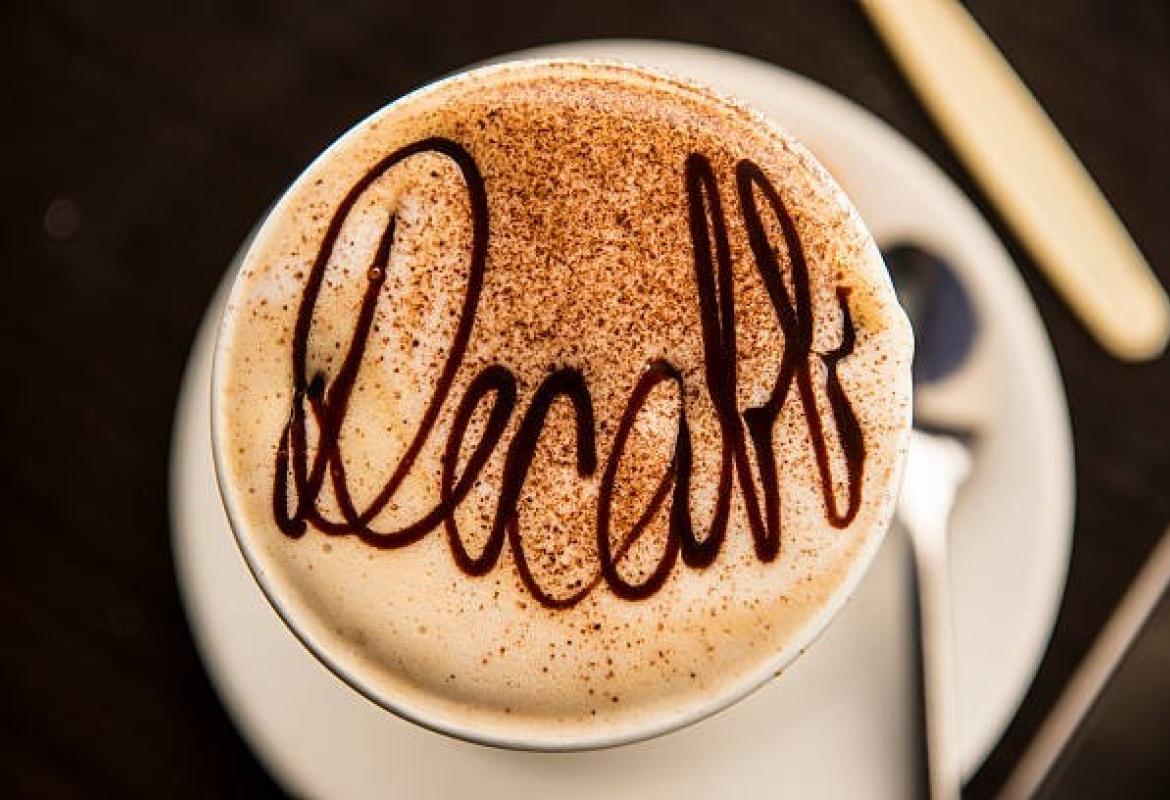
Despite its name, decaf coffee isn’t entirely caffeine-free. The decaffeination process removes about 95–98% of caffeine, but trace amounts remain—usually around 2 to 5 milligrams per cup. By comparison, a regular cup of coffee can have 80 to 120 milligrams.
Modern decaf methods use water, carbon dioxide, or natural solvents to extract caffeine while preserving flavor. For those sensitive to caffeine but still craving the taste, decaf is a comforting alternative. Just don’t expect it to be totally buzz-free—it’s more like a gentle hum than a full charge.
8. The World’s Most Expensive Coffee Comes from Animal Poop
Image
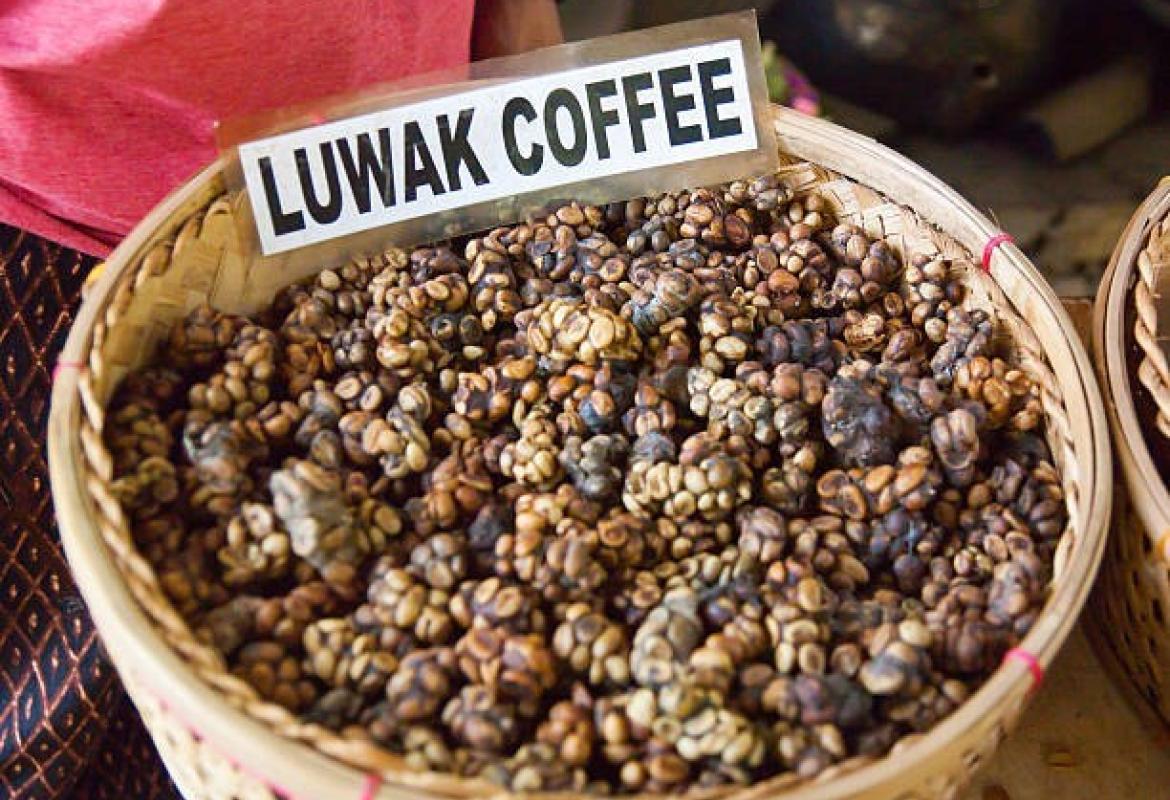
Kopi Luwak, also known as civet coffee, is one of the world’s priciest and strangest brews. The beans are eaten by Asian palm civets, whose digestive enzymes supposedly enhance the flavor. The beans are then collected, cleaned, roasted, and sold for hundreds of dollars per pound.
While the process fascinates coffee lovers, it has also raised ethical and environmental concerns, especially where civets are kept in captivity for production. Authentic, wild-sourced Kopi Luwak is extremely rare. Still, the idea that nature’s own fermentation could create such a luxurious product adds another layer to coffee’s long, weird history.
9. Coffee Could Help You Live Longer
Image

Scientific research suggests that moderate coffee consumption may offer surprising health benefits. Studies link coffee drinking to reduced risks of type 2 diabetes, Parkinson’s disease, liver disease, and even some cancers. Its high levels of antioxidants and anti-inflammatory compounds seem to contribute to longevity.
Of course, moderation is key—too much caffeine can cause anxiety or sleep disruption. But overall, drinking two to four cups a day is often associated with improved heart health and longer life expectancy. So that morning ritual may be doing more for your body than just waking you up—it could be quietly extending your lifespan.
10. Coffee Inspires Creativity and Art
Image
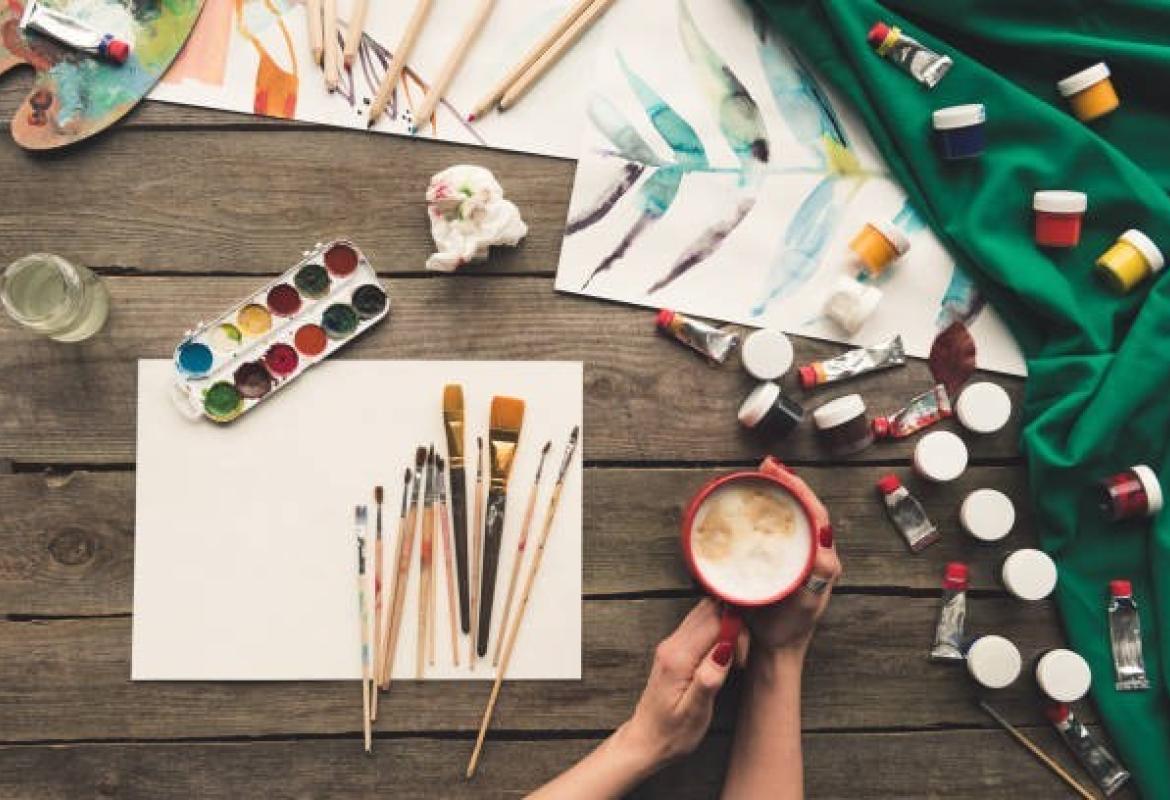
From the moment the first cafés opened in the Middle East and Europe, coffeehouses became hubs for thinkers, artists, and revolutionaries. Mozart, Beethoven, and Voltaire were all devoted coffee drinkers. In the 20th century, jazz clubs, Beat poets, and writers like J.K. Rowling found inspiration amid the hum of espresso machines.
Today, coffee culture fuels creativity in new ways—through intricate latte art, minimalist café design, and Instagram-worthy aesthetics. Whether scribbling ideas on napkins or coding in a café corner, countless creative sparks have been lit over a steaming cup of coffee.







